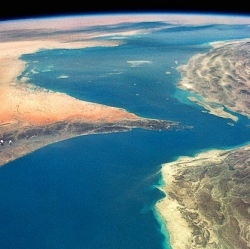
Unlike Kepler, the European astronomers are looking for something very specific and more exciting: Earth-like rocky planets in their Sun-like stars’ habitable zones. In other words, they are looking for planets that are particularly suitable for sustaining life as we know it.
This ambitious project, which was recently approved by the ESA’s Science Programme Committee, will be the first of its kind. PLATO will work much like Kepler did: by watching for planets transiting their stars. This means that PLATO will be watching for the dimming of stars’ light that happens when a planet moves in front of it.
Of the thousands of exoplanets we’ve already spotted, we still can’t tell exactly which ones are rocky and also in that sweet spot known as the habitable zone where liquid water could exist on a planet’s surface. Liquid water is important, as we believe it’s a necessary component for life. Unlike Kepler, PLATO will come equipped with an array of 34 telescopes with cameras that can cover a wider area for a longer time.
This will give PLATO the ability to not only look at millions of star systems at any given time, but its measurements will help astronomers figure out a planet’s mass and size, which can determine if a planet is rocky or not. PLATO’s wider views will also help astronomers find those planets residing in their star’s habitable zones: that place within the star’s orbit that isn’t too close or too far away to allow the planet to have liquid water.
